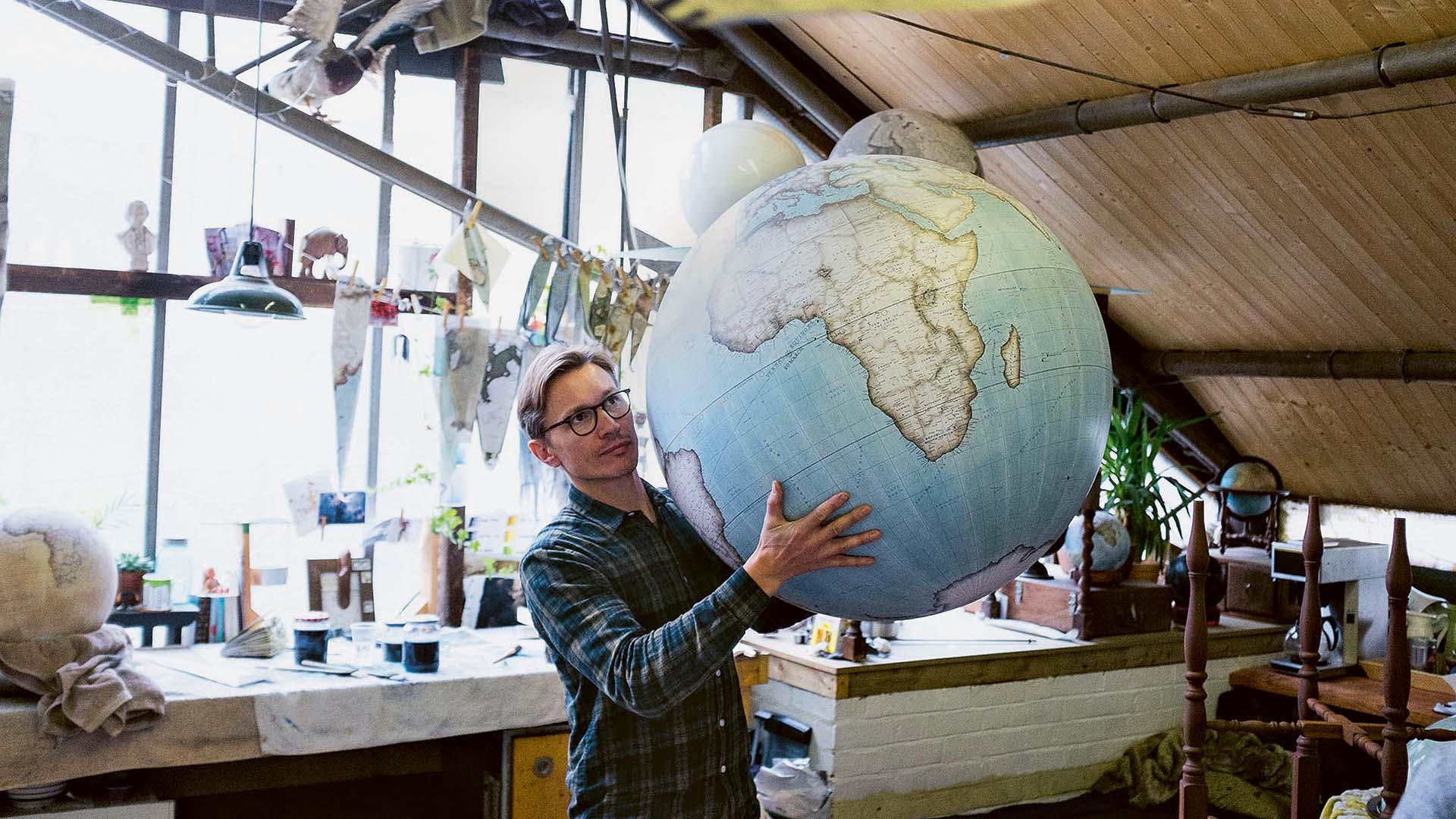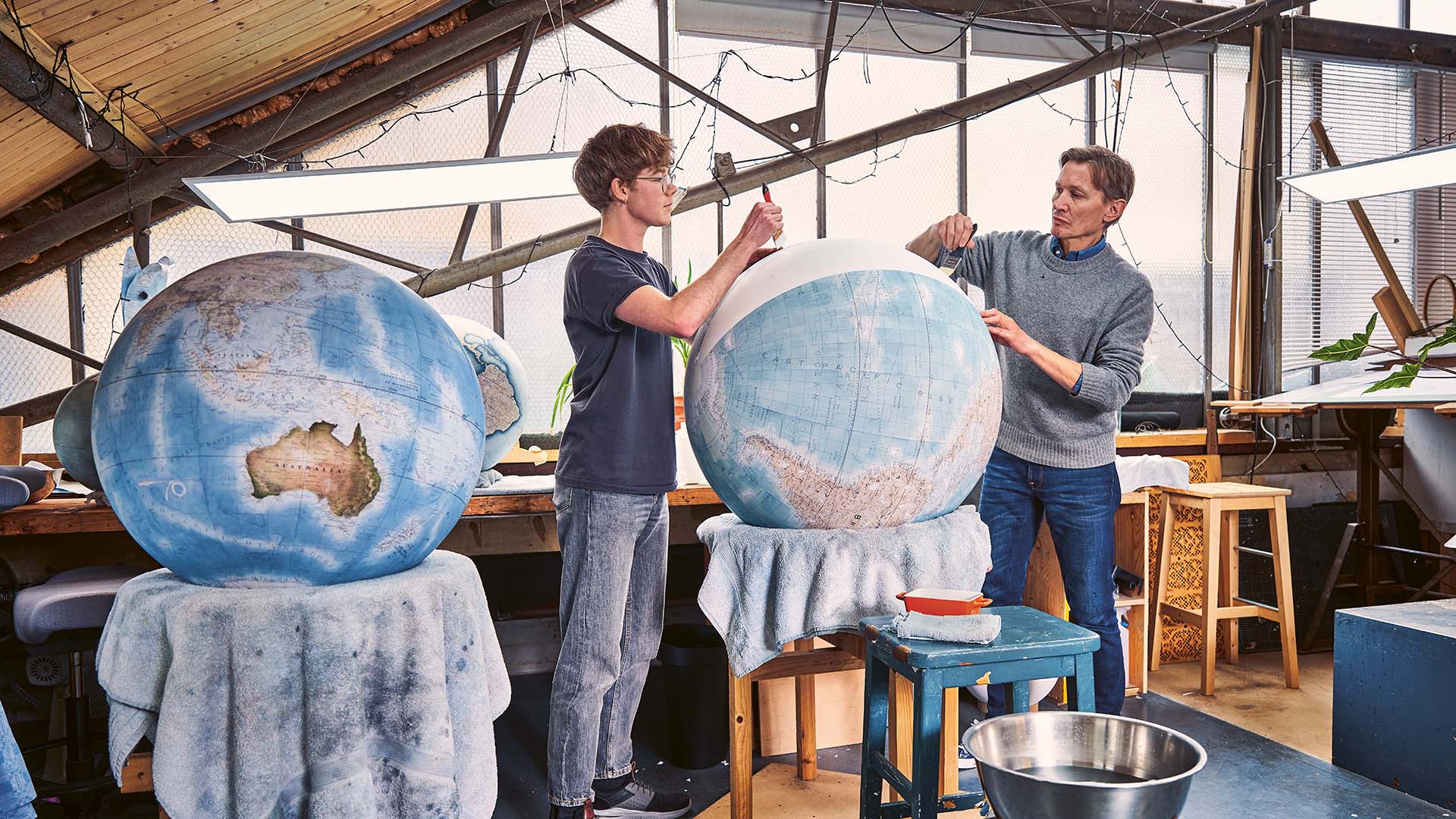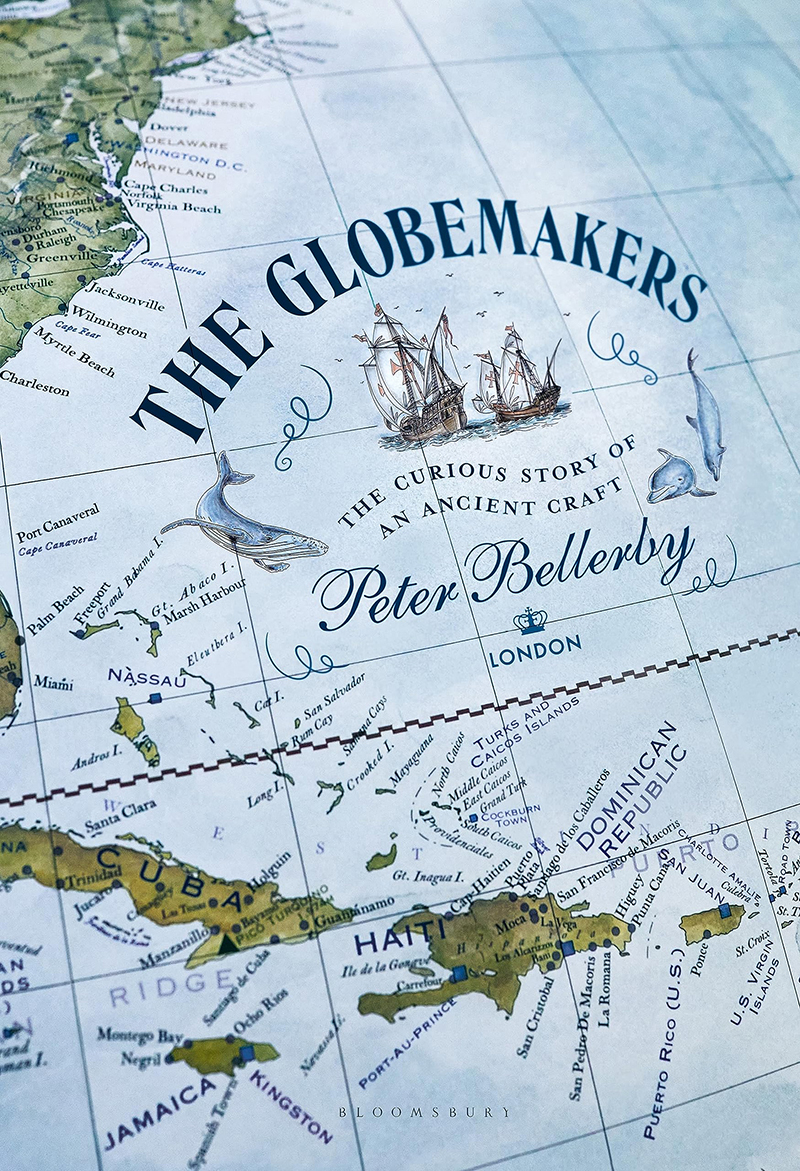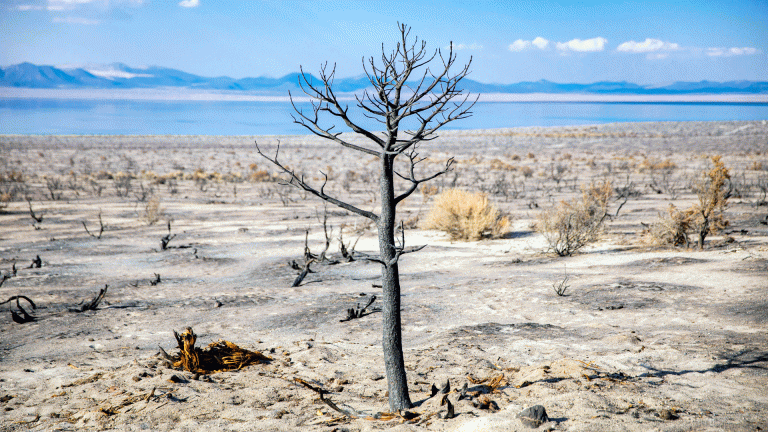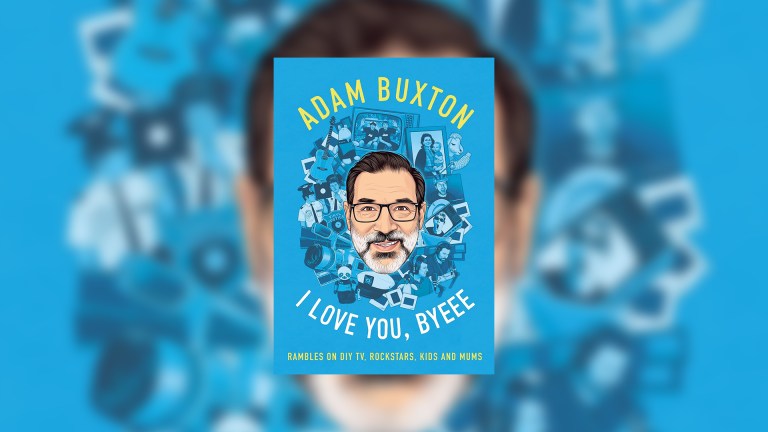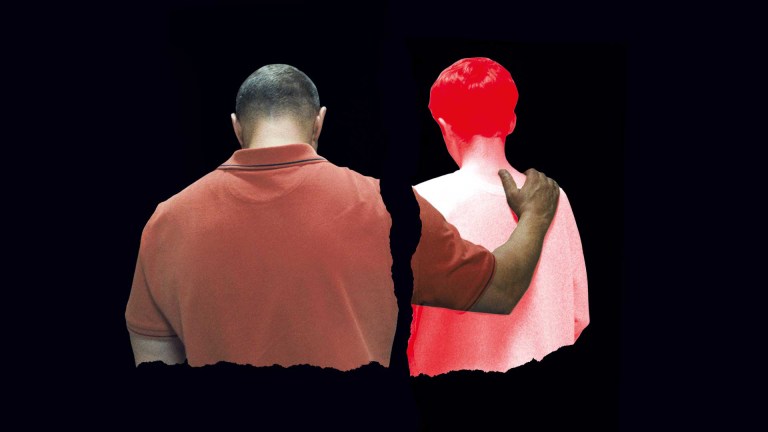Globes have been an ever present in the grand salons, libraries and drawing rooms of Europe’s elite almost from the moment they were conceived, sitting favourably among a room of master paintings. They were entirely handmade at the outset, with the industrial revolution a few hundred years away, so their aesthetic and majesty held up well against a Rembrandt.
The first globes were manuscript globes and consisted of a sphere which was pasted over with paper, with the cartography added painstakingly by hand. Half the world had at this stage not been ‘discovered’ so this process is difficult to correctly complete with modern methods. However the accuracy of these old models, and the undoubted skills of the ship-faring nations’ navigators in plotting coastlines, is quite something to behold. While many rivers often resemble slightly generic snake like squiggles, until well into the 20th century, coastlines were surprisingly accurate.
Get the latest news and insight into how the Big Issue magazine is made by signing up for the Inside Big Issue newsletter
Later as the amount of detail increased, Intaglio printing could be used, where an engraved copper plate would be ink filled and put through a mangle-like contraption to produce wonderful images full of character. This allowed many globes to be made from one set of plates. Again accuracy was a struggle, with errors on even the greatest makers’ globes, especially on larger ones where more than one engraver might be used.
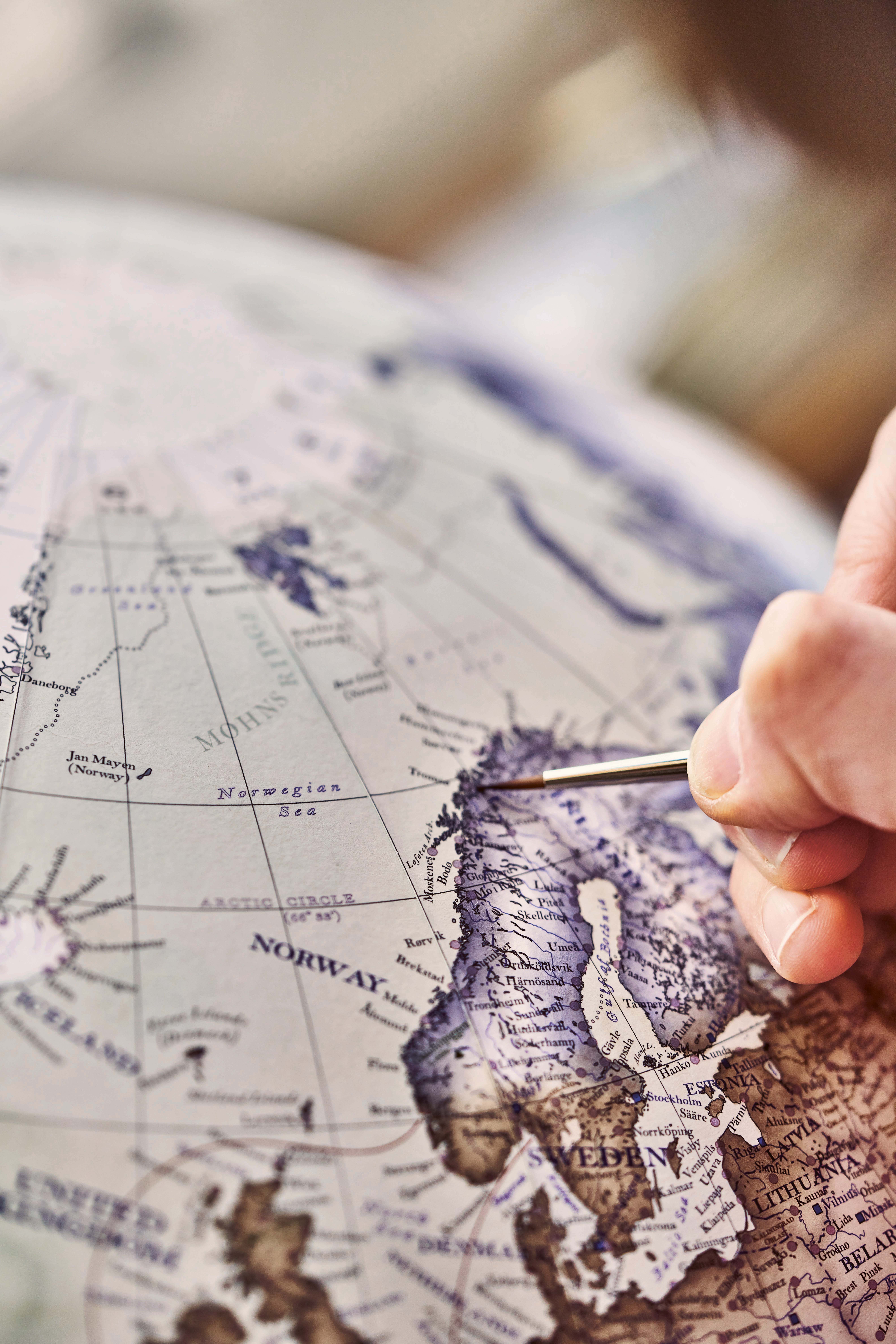
Making or “goring” a globe, the art of stretching a fragile piece of paper over a sphere, when done by hand is probably little changed since the earliest printed globes. The difference today is that we use modern materials, modern paper, acid-free glue, light fast pigments and filtered water. Paper was handmade so had far more flexibility 300 years ago, and to the trained eye imperfections on old globes can be easily spotted.
It takes our apprentice makers one to two years to perfect the art of ‘goring’ our smallest globes, and longer as they learn progressively larger models until they challenge our 50-inch behemoth. The Churchill is one of the largest printed globes ever made and is named after our wartime leader who (along with President Roosevelt) received similar sized ones in 1942 courtesy of the US Army.
